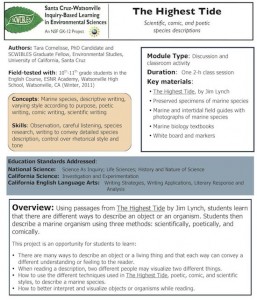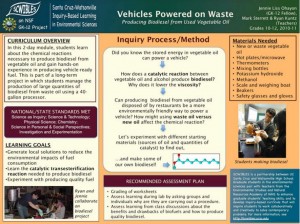 Measuring Your Response to Exercise
Measuring Your Response to Exercise
by Ben Higgins, Caleb Bryce and Sarah Baumgart
Will walking create the same cardiac response as running? Physical activity is associated with numerous health benefits, even modest levels of physical activity (Janssen & Leblanc, 2010; Strong et al., 2005). However, many students remain largely inactive. This module is designed to promote student-specific physical activity as a health promotion strategy by introducing the concepts of vital signs and target heart rate training. Ideally, students will discover an enjoyable type of exercise and/or learn how to self-assess their cardiovascular responses (i.e. vital signs) to exercise to most effectively train.
Students learn: 1) How to measure basic vital signs, 2) How to calculate their own target heart rate, 3) To design their own workout plans, and 3) How exercise duration and intesnsity affect performance.
Docs: fulltext.docx intro.pptx wksht.docx
Keywords: exercise physiology, heart rate, HS-LS1, human health, investigations, stability, structure, vital signs

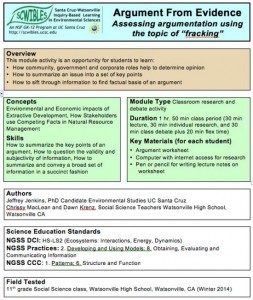
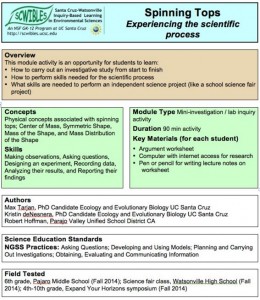
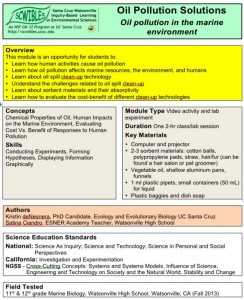
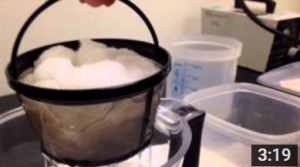
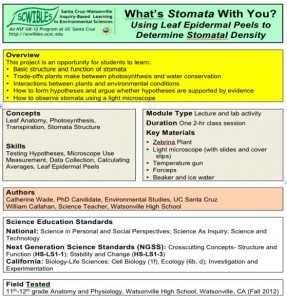 Using Leaf Epidermal Peels to Determine Stomatal Density
Using Leaf Epidermal Peels to Determine Stomatal Density


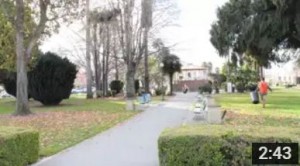
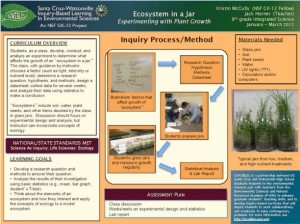 Experimenting With Plant Growth
Experimenting With Plant Growth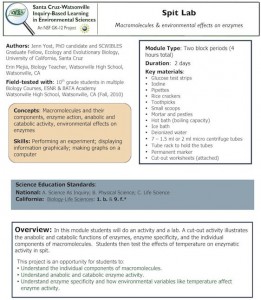
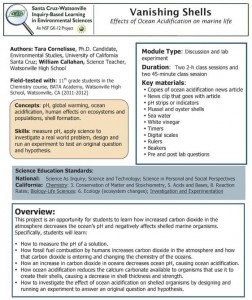
 Rock cycle and igneous rock formation
Rock cycle and igneous rock formation